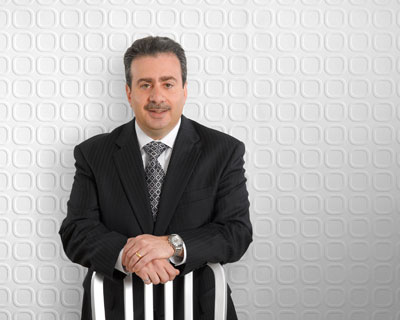U
.S. Endoscopy, a provider of niche diagnostic, therapeutic and support accessories used in the gastrointestinal endoscopy and urology markets, has grown dramatically in recent years at its headquarters in Mentor, Ohio, just outside of Cleveland. The company sells its products around the globe.
“We focus on something very unique in the industry,” says Tony Siracusa, the company’s chief operating officer.
U.S. Endoscopy, which was formed in 1991, plans to add 150 employees to its 350-person work force over the next three years. Siracusa says Mentor has been a good base for the company, which operates a 60,000-sq.-ft. (5,574-sq.-m.) manufacturing facility along with office and warehouse space. To accommodate its growth, the company estimates it will need to add 70,000 sq. ft. (6,503 sq. m.) of space in the coming years.
Siracusa says U.S. Endoscopy has maintained its operations in Mentor because Lake County has a deep talent pool.
“There is a lot of skilled labor out there. Cleveland has been a great blue collar town over the years, and we have been able to attract folks from three counties. Mentor is a nice, central location. Also, Mentor officials have been good to work with. They have helped us with infrastructure and tax credits.”
Siracusa is looking at various options for its future expansion. The company hopes to be able to consolidate its employees into a campus setting. Currently, they are housed in three buildings in Mentor. Options under consideration are building new structures on the company’s current property, expanding existing buildings or looking for new available space. The company hopes to make a decision by January, he says.
Future Concerns
Federal health care reform will have a definite impact on the medical device sector, Siracusa says. There will be increased costs with medical device taxes, but the silver lining could be increased use of such procedures as colonoscopies that employ U.S. Endoscopy products. As of Jan. 1, preventative procedures such as colonoscopies will no longer require that patients pay a deductible on their insurance.
“We are concerned, and we are watching it very closely,” Siracusa says. “It will impact us one way or another. One side of the coin says these minimally invasive procedures will continue to grow,” Siracusa says. “They are growing by seven to eight percent annually now. They should continue to grow, especially with the aging population. Another opinion is that we could see demand for these products shrink.”
“We are also watching developments in competing medical procedures. One of the nice things about the devices we make is that they can be used in some new procedures, such as natural orifice transluminal endoscopic surgery, in which a surgeon uses an organ to conduct a surgery as opposed to cutting through the skin. One of the things we hope is that many of our devices can be used with various scopes.” However, advancements in total body scans and virtual colonoscopies pose potential threats to the company’s markets, Siracusa relates.
Ohio has been a good place for the company to conduct business, he adds. “The State of Ohio has awarded us training grants along with job creation grants.”
While the company has been successful in finding skilled workers, Siracusa says U.S. Endoscopy is working to head off a looming work-force challenge. He says young people are not moving into manufacturing in sufficient numbers to replace the Baby Boomers who will begin retiring in the coming years. He describes it as an industry-wide concern, but says it is especially prevalent in Northeast Ohio.
“Our biggest challenge will be in finding talent,” Siracusa says. “It’s a mini crisis we will be facing in the near term. We are actively working with Lakeland Community College to help develop advanced manufacturing programs through the Alliance for Working Together. We are hoping to be pro-active and catch this at the pass.”
